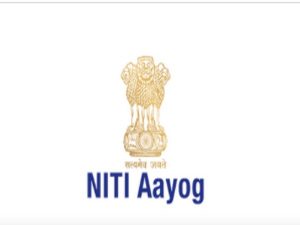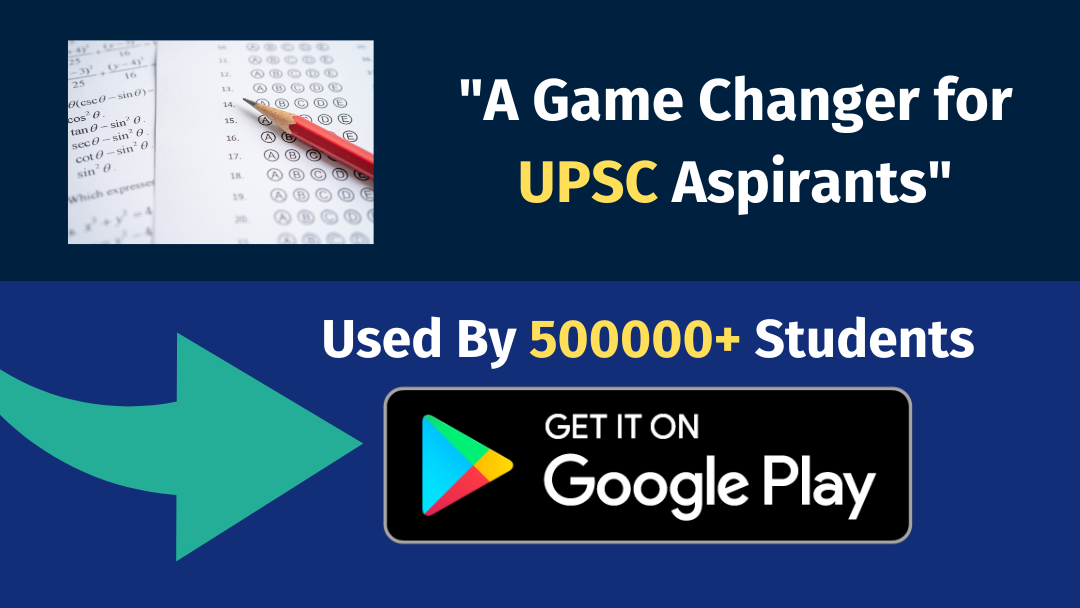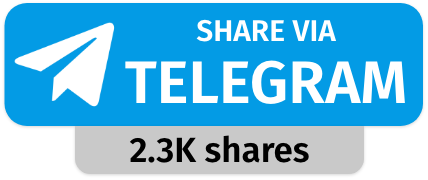India’s 3rd Voluntary National Review on SDGs:

NITI Aayog presented its 3rd Voluntary National Review (VNR) Report on the Sustainable Development Goals (SDGs) at the High-Level Political Forum (HLPF) convened by the UN- Economic and Social Council (ECOSOC).
- India presented the first voluntary national review of SDGs in 2017 & second in 2020.
- India employs data tools like the SDG India Index, North-Eastern Region District SDG Index, and Multi-dimensional Poverty Index (MPI) to monitor progress, identify lagging areas, and guide policies.
- Its emphasis is placed on localizing SDGs through sub-national and district-level actions.
- SDG 1 (No Poverty): An estimated 248 million people have escaped multidimensional poverty between 2013-14 and 2022-23, highlighting effective poverty alleviation strategies.
- SDG 2 (Zero Hunger): The PM Garib Kalyan Anna Yojana has provided vital nutritional support to millions, aiming to assist approximately 81.35 crore beneficiaries. Starting in 2024, the scheme will continue for the next five years.
- SDG 3 (Good Health and Well-being): POSHAN Abhiyaan and Ayushman Bharat have expanded access to quality nutrition and healthcare. Out-of-pocket health expenditure as a percentage of total health spending declined from 62.6% in 2014-15 to 39.4% in 2020-21.
- SDG 7 (Clean Energy Transition): Initiatives such as the National Green Hydrogen Mission, PM-KUSUM, and PM Surya Ghar Muft Bijli Yojana have accelerated India’s adoption of sustainable energy sources.
- SDG Progress Through Digital Financial Inclusion: India’s Jan Dhan–Aadhaar–Mobile (JAM) based Digital Public Infrastructure (DPI) drives inclusive, transparent services.
- India accounted for 48.5% of global real-time payment volume in FY 2025, driven by a 41.7% increase in UPI transaction volume.




